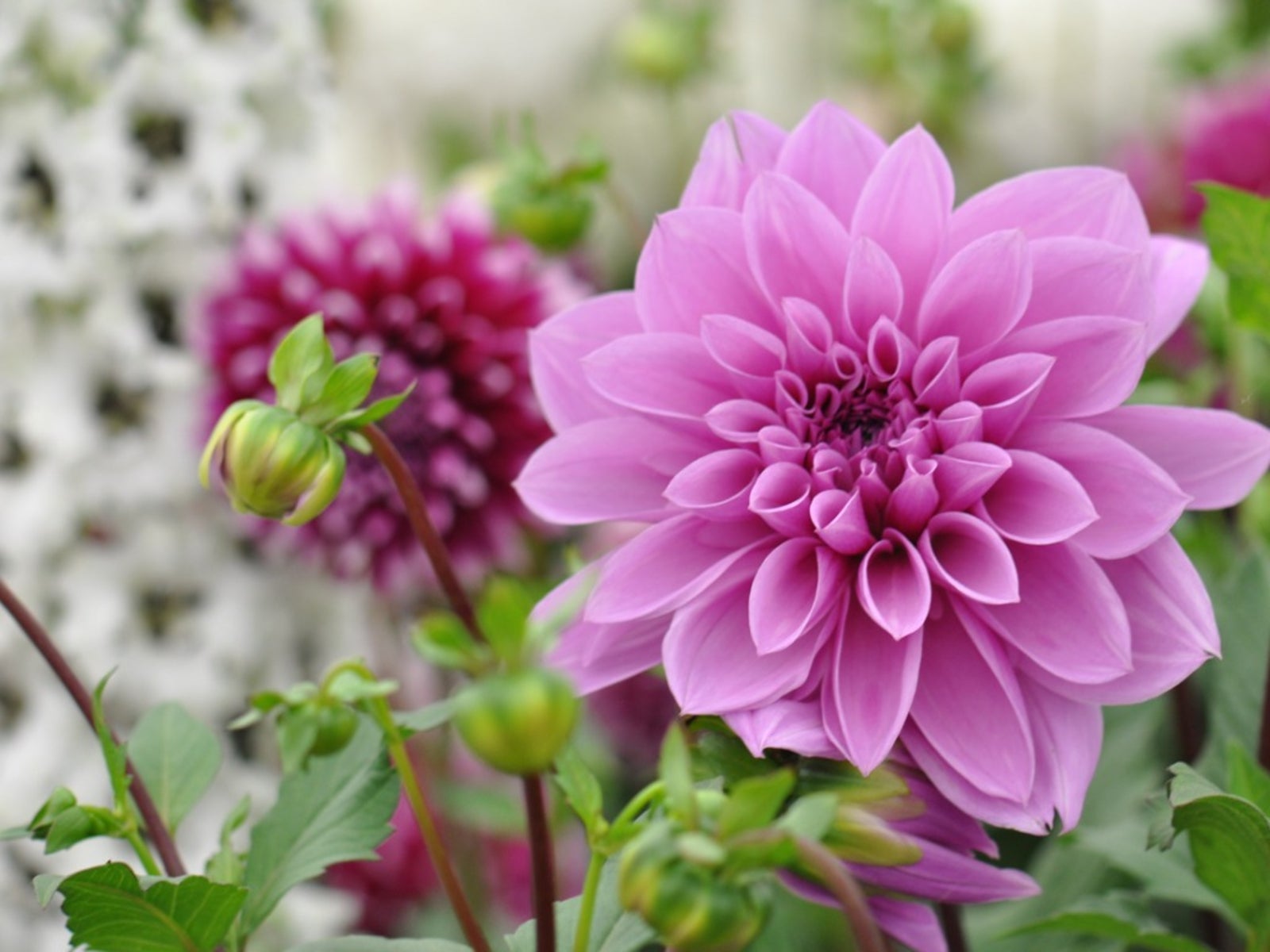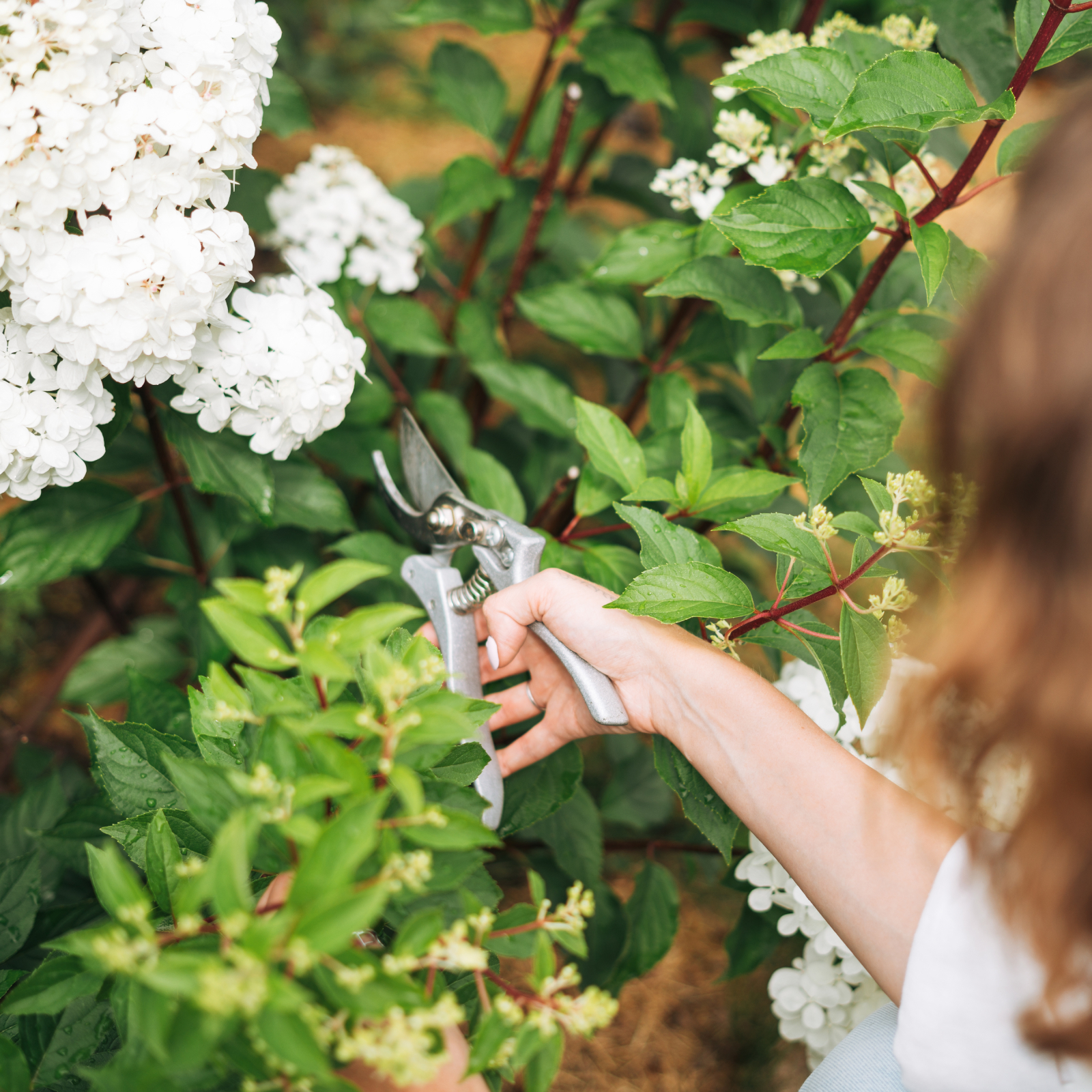Best Fertilizer For Dahlia: Tips On How To Fertilize Dahlias


You don't need to be a collector to appreciate the many colors and forms of dahlia flowers. These Mexican natives have become garden staples across the nation, providing large and easy to grow, inexpensive bushes adorned with blooms all summer. Fertilizing dahlias is key to encouraging flower laden stems and big leafy plants. The best fertilizer for dahlia plants should be high in potassium and phosphorus but low in nitrogen to prevent leafy bushes with few blooms. Start planting early for dahlias that will make your neighbors green with envy.
Dahlia Fertilizer Needs
Healthy tubers are the first step to vigorous dahlia bushes. Choose tubers that are free from blemish, chubby, and have plenty of growth eyes or nodes. Proper soil preparation and knowing how to fertilize dahlias will also help you achieve the massive plants with prolific blooms that are the goal of any dahlia gardener. Feeding dahlia plants within 30 days of planting will jump start the tubers production of sprouts and stems, while giving the plant enough of the right fuel to enhance flower production and healthy root development. The "when" and "how" are two great questions regarding feeding dahlia plants, but don't neglect the "what." Dahlias are heavy water users and feeders. It takes a lot of energy to stimulate all that massive growth and flower production. Unlike vegetables and other plants, flowering plants like dahlias need little nitrogen but do need the other two macro-nutrients in higher doses to promote blooms. Choose a formula with the first number in the fertilizer ratio lower than the last two numbers. The first indicates the level of nitrogen, while the second and third numbers indicate the amount of potassium and phosphorus. These crucial nutrients are the energy behind dense upright bushes and branches laden with flowers.
Best Fertilizer for Dahlia
Expert dahlia growers recommend a fertilizer formula with numbers such as 5-10-10, 10-20-20, or even 0-0-10. Note the lower first number, which denotes the amount of nitrogen. Fertilizing dahlias just a couple of times can make a big difference to the flower yield. Just be careful not to overfertilize, which can cause yellowed leaves, drooping, leggy plants, and actually diminish overall plant health. You can balance dahlia fertilizer needs by enriching the soil prior to planting. Till the soil deeply, at least 10 inches (25 cm.), and incorporate a generous amount of finished compost or leaf litter to help with porosity and drainage, as well as increase soil fertility.
How to Fertilize Dahlias
Your plant food will give a recommended amount per square foot for flowering bushes and it is best to follow manufacturer's instructions. Approximately ½ cup (118 ml.) spread around the plant in a 2 foot (61 cm.) ring and lightly worked into the soil should be sufficient. Water in the plant food so it can start to seep to roots for quicker uptake and to avoid burning surface roots. Apply food 30 days after planting the tubers and again in a month. This will get the plants the jump start they need and additional fertilizer should not be necessary. Remember to water frequently, remove any competitive weeds, and watch for pests and disease. Combat issues as they arise for big, bountiful dahlias.
Gardening tips, videos, info and more delivered right to your inbox!
Sign up for the Gardening Know How newsletter today and receive a free copy of our e-book "How to Grow Delicious Tomatoes".

Bonnie Grant is a professional landscaper with a Certification in Urban Gardening. She has been gardening and writing for 15 years. A former professional chef, she has a passion for edible landscaping.
-
 Pruning Limelight Hydrangea Bushes For Bigger Blooms & Stronger Plants
Pruning Limelight Hydrangea Bushes For Bigger Blooms & Stronger PlantsPruning 'Limelight' hydrangea will benefit the shrub. Flowers will be more bountiful the next year and branches will be stronger. Learn how and when to prune.
-
 What’s Wrong With Your Azaleas? Identify, Tackle And Prevent 6 Common Azalea Pests
What’s Wrong With Your Azaleas? Identify, Tackle And Prevent 6 Common Azalea PestsIf you’ve spotted signs of azalea leaf damage, don’t panic – here’s how to identify the most common azalea pests so you can take action swiftly and keep plants healthy